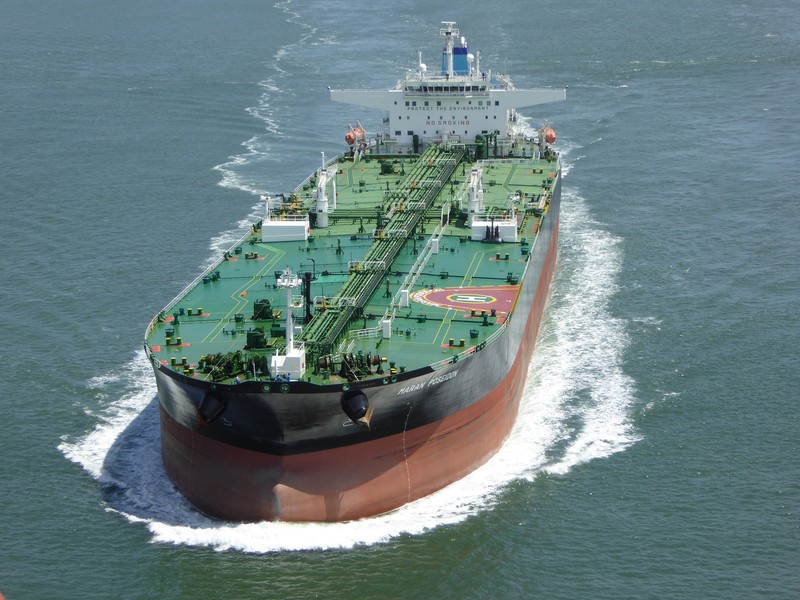Norway’s Skuld has noted in an article that the shipping industry had previously faced problems with bunker contamination due to the presence of catalytic fines and that it was once again experiencing similar issues. Mudit Singh, Skuld Oslo, wrote that the culprits this time had been identified as phenols and fatty acids.
Skuld observed that one theory was that these contaminants originated from refineries in the US Gulf, but added that, irrespective of the origin, the contaminants had now been found in bunkers supplied as far as Singapore. The situation was exacerbated by the unavailability of competent testing facilities, the high cost of bunker analysis and long waiting times.
Skuld said that, generally, the contractual framework for the supply of bunkers would addresses liabilities and obligations between various parties involved in the voyage. However, such contracts did not address all the practical issues that shipowners, charterers and bunker suppliers might face when contaminants were discovered and the legal environment in which these parties operate would come into play.
The insurer said that timely identification of any issues with the bunkers was of prime importance, not only because of very short time bar provisions in the bunker supply contracts, but also to preserve evidence.
Shipowners might find themselves facing issues, such as disposal of the contaminated bunkers, as well as cleaning of bunker tanks and pipelines. Owners would need to identify any damage caused to the machinery and whether it related to the bunkers. If there was any doubt as to the quality of bunkers supplied, shipowners should contact charterers and bunker suppliers as soon as possible and retain the samples collected during bunkering for further analysis. Members and assureds should also notify Skuld immediately if any issues with the bunkers have arisen, to ensure that the dedicated claims teams can intervene in a timely fashion.
It was often the time charterer who arranged for bunkers to be supplied to the vessel and which entered into a contract with the bunker supplier. The charterer’s relationship with the shipowner would be governed by the terms of the charterparty, which might include specific provisions concerning bunker quality, with reference usually made to ISO 8217 standards, although the edition (2005, 2010, 2012 or 2017) could vary from instance to instance.
Although the charterer was the contracting party ordering and usually also paying for bunkers, they had little control over the actual supply process, presenting charterers with a continuing dilemma. It was unlikely that they would be able to collect and retain representative samples. Additionally, by the time a problem with the bunkers was identified, the contractual time bar in the supply contract might have passed.
Charterers might face claims related to costs of deviation and disposal of contaminated bunkers from the shipowners. If contaminated bunkers have been consumed, claims for damage to the machinery might follow.
As Skuld observed, all this meant loss of time for the charterer and potentially loss of reputation.
If the charterer was the Carrier under the bills of lading, they might face considerable cargo claims arising from the delay, especially if the cargo was of a perishable nature. They might also be exposed to commercial pressure from other contractual parties to complete the voyage as early as possible and face claims for breach of contract should they fail to do so.
Further, if the vessel suffered subsequent machinery failure and the owner decided to declare General Average, the charterer might be required to provide security for their portion of the adjustment.
Although the owner would have more control over the supply, sampling and testing of the bunkers, due to competing jurisdictional issues they might find it difficult to enforce rights under their charterparty. Skuld said that it was therefore important that owners involved experts and preserved as much evidence as possible. This would ensure that contamination issues were identified quickly and accurately. It was crucial that correct and representative samples are clearly identified and analyzed.
The owner’s obligations under the bills of lading would continue whilst the parties look for a solution to handle the contaminated bunkers. At the same time, owners might face claims for unseaworthiness, as the vessel might not have sufficient bunkers to execute the intended voyage.
Since it was in the common interest of the parties involved that a solution to the contaminated bunkers be executed as soon as possible, co-operation between all parties was crucial to mitigate damages and avoid disputes about title to the bunkers and associated costs, said Skuld.
https://www.skuld.com/topics/ship/bunkers/bunker-contamination/
This article is kindly supplied by Insurance Marine News. If you would like a complimentary trial to the daily Insurance Marine News e-bulletin please email grant.attwell@insurancemarinenews.com.

